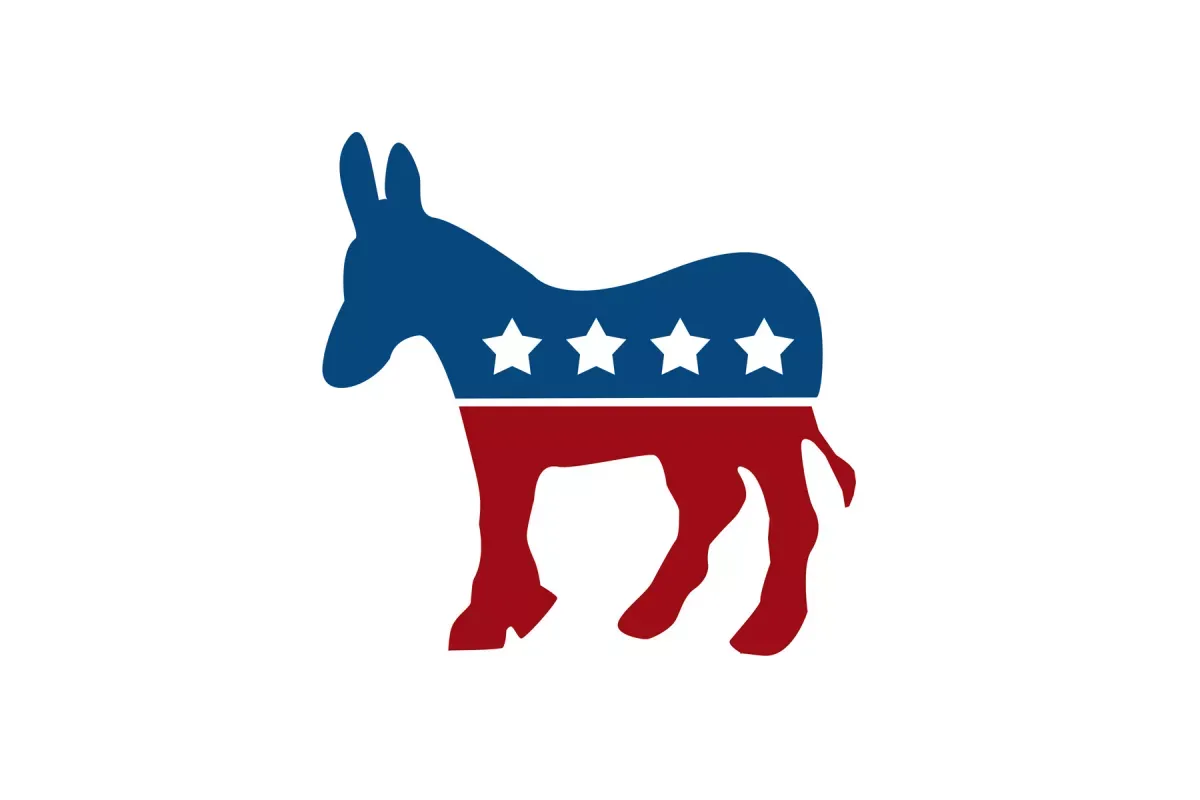By Victor Shi
For decades, Republicans have made it their sole mission to hijack the courts. At the federal level, it meant installing far-right candidates onto the bench to slowly chip away at fundamental civil rights and liberties. It meant advancing and confirming justice who don’t believe in precedent; of course, the starkest example of this is when the Supreme Court overturned a nearly 50-year-old precedent guaranteeing the right to an abortion. At the state and local levels, Republicans invested heavily to ensure more extreme candidates won Supreme Court races.
And, for the most part, Republicans have been more successful than Democrats at galvanizing their voters around the courts. In fact, that is why Senator Mitch McConnell, during a 2019 address to the Federalist Society, said that “the single biggest issue that brought nine out of 10 Republican voters home to Donald Trump…was the Supreme Court.” As we are seeing clearly now, the reason why Republicans have made it a central goal to control the courts is simple: the judiciary is the last buffer zone between democracy and the GOP’s increasingly fascistic agenda. In other words, Republicans understood that if they could install favorable judges and justices, they could get away with making it harder for marginalized communities and young people to vote, stripping women of their reproductive rights, and swaying the outcome of elections.
While Republicans have been terrifyingly effective at mobilizing voters around the courts, this Tuesday, that completely changed. Republicans ran a candidate who, based on all his previous rulings, would have allowed Wisconsin’s legislative districts to be gerrymandered to the extreme and made it more difficult for women to access abortion. Democrats, on the other hand, ran a candidate who vowed to protect a woman’s right to choose and promised to safeguard voting rights.
Wisconsinites saw the choice before them. They saw the contrast between a Republican candidate like Dan Kelly and a Democratic candidate like Janet Protasiewicz. And, for the first time in 15 years, Democrats flipped control of Wisconsin’s Supreme Court. Even more extraordinary, 15 years ago, no one would have expected this result to happen. However, on Tuesday, Wisconsinites turned out to vote like never before and proved to the nation that Democrats can be just as — if not more — effective as Republicans on the state and local levels.
As 2024 approaches, it is worth examining and learning how Wisconsin Democrats swept the rug from underneath Republicans. In my view, there are two big factors at play: What issues Democrats choose to run on in 2024 and the importance of continuing to invest in young voters.
There has been a long debate within the party, campaigns, and among candidates over what are considered “kitchen table issues.” Historically, candidates, campaigns, and political parties have interpreted kitchen table issues as the economy — inflation, unemployment, the GDP. In other words, things that people can feel at a tangible level. As a result of focusing so much on economic issues, Democrats have lost sight of the host of other issues having a direct impact on people’s lives. Those include things like the disintegration of rights, democracy, and elections.
But this election was different. Janet Protasiewicz centered her entire campaign around two issues: reproductive rights and democracy. Five or ten years ago, this would have been unheard of; Democrats would have called it too risky and argued that voters couldn’t “feel it” (in fact, some Democrats might still say the same). However, what Protasiewicz demonstrated is that Democrats not only can win by running on abortion and democracy, but they can galvanize even more people. Protasiewicz proved on Tuesday that, while voters do care about the economy, issues like abortion and democracy are not “Culture War” issues; they are our rights and democracy being stripped away by Republicans.
Even more remarkable, this isn’t the first time Democrats have focused on “non-traditional kitchen table issues.” In 2022, the most successful races for Democrats — consider, for instance, a state like Michigan — ran with abortion on the ballot. It was in those states that voters cast their ballots for Democrats more than ever before. In those states, Democrats defied expectations and made history. In Michigan, they won control of the House, Senate, and governorship because they made abortion a focal point for campaigns.
To be sure, as the saying goes, all politics is local. What works in one state and city may not work in another state or city. But instead of thinking that issues like abortion or democracy aren’t “tangible enough,” Democrats should embrace those issues — and others like gun violence and education. With 2024 rolling around, Wisconsin is proof that Democrats across the country can and should capitalize on those issues; They should hammer home the contrast between Democrats and Republicans on such issues.
The next important lesson that Democrats should take from Wisconsin is how vital young voters are to Democrats' success. While the final numbers have not yet been released, the ward and county-level data paint an encouraging picture for Democrats. In areas like the University of Wisconsin, Green Bay, and Eau Claire, young voters not only turned out at levels that nearly matched that of the 2022 primary election, but more than 80% of them cast their ballot for Protasiewicz. Make no mistake: Young people have never turned out like that for an off-year Spring general election.
But this time was different for two reasons. First, young people saw the difference between Protasiewicz and Kelly. The issues that Protasiewicz centered her campaign around were ones that resonated with young people who had to witness abortion access being overturned and other rights being stripped away. But second, and even more important, the Wisconsin Democratic Party did more than ever before to educate, engage, and empower young voters. They went to college campuses. They registered students to vote. They amplified messages on TikTok and other social media platforms. They sat down with young people in Wisconsin and heard their concerns.
Wisconsin Democrats put in the hard work and met young voters where they were. They made an effort to show young people that they care about their vote. And it worked — just like it worked in 2018, 2020, and again in 2022. For Democrats, let the enthusiasm and turnout among young people serve as yet another reminder of the imperative of investing in young voters and giving them valuable seats at the table.
In every way, Democrats defied political history in 2023 by winning what many considered to be an unwinnable Supreme Court race. And it wasn’t because of chance or luck. It was because Democrats didn’t shy away from talking about issues like abortion and democracy, and they mobilized young voters.
We saw it work in Kansas in August 2022 and again in Michigan in November. On Tuesday, we saw it work in Wisconsin. If it can be done in those states, it can be done anywhere. But only if we fully take off the gloves, do the work, and invest in young voters.




